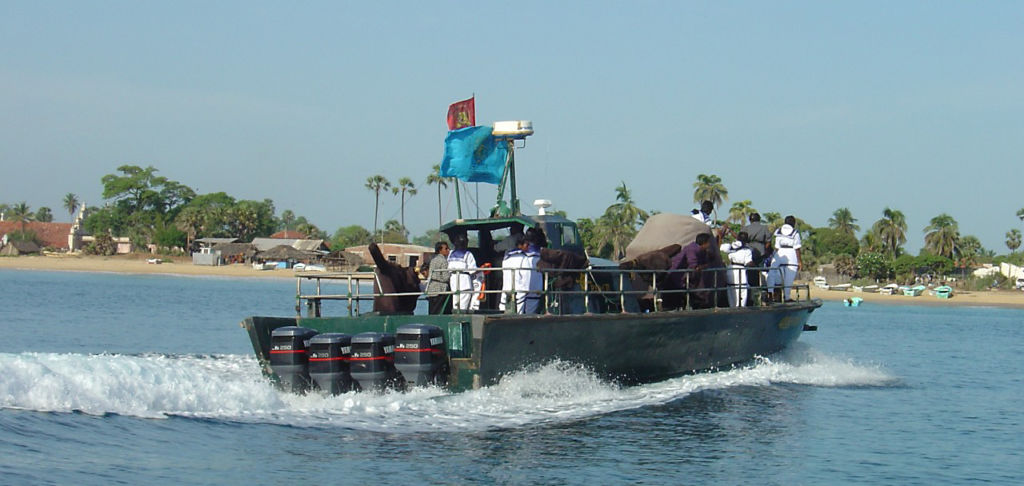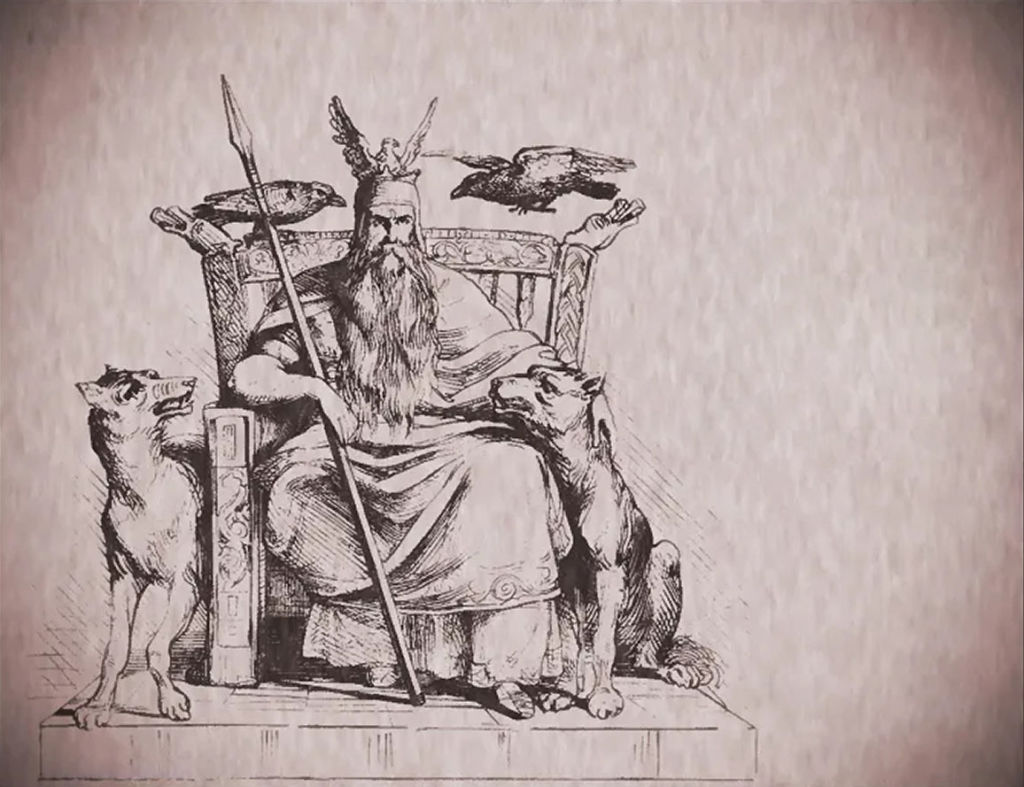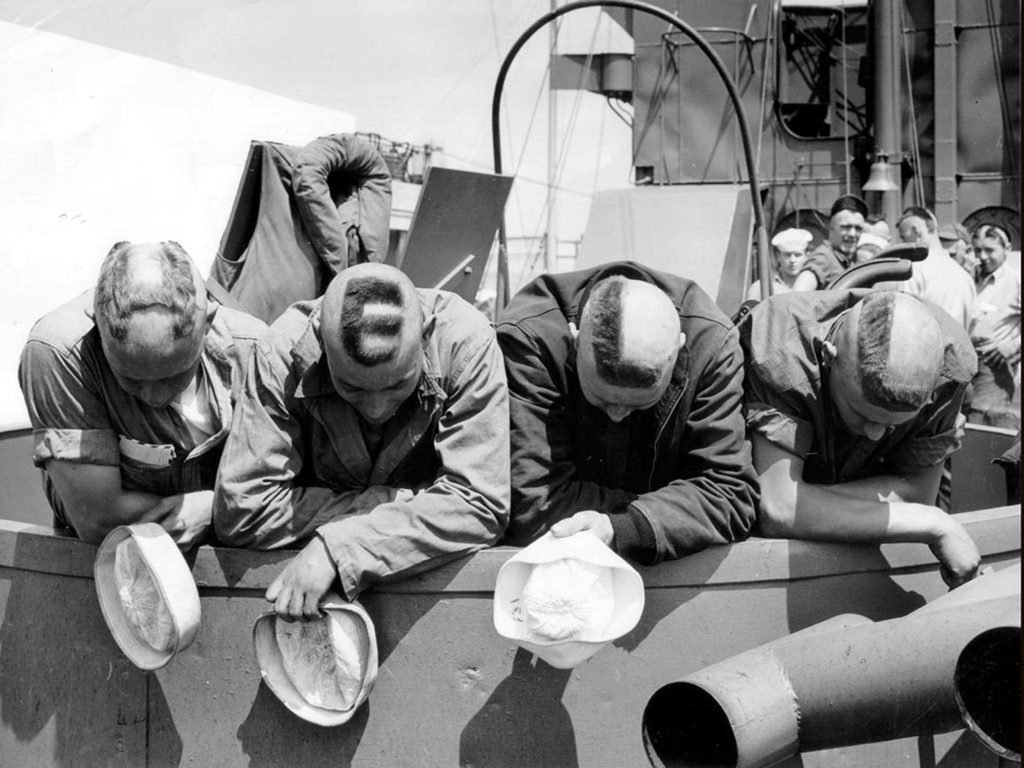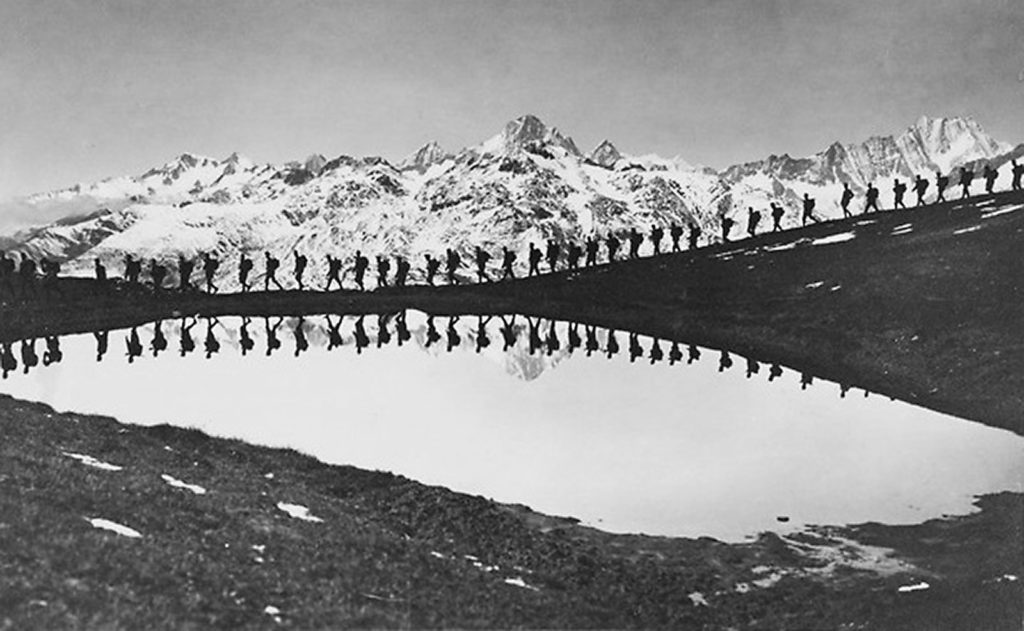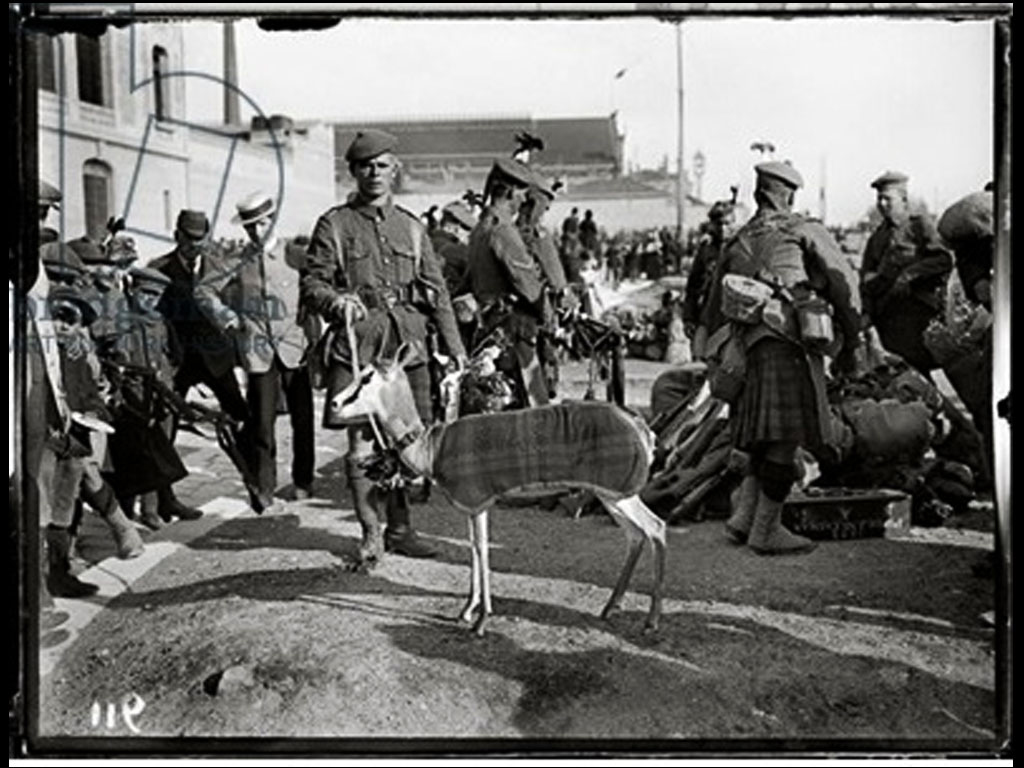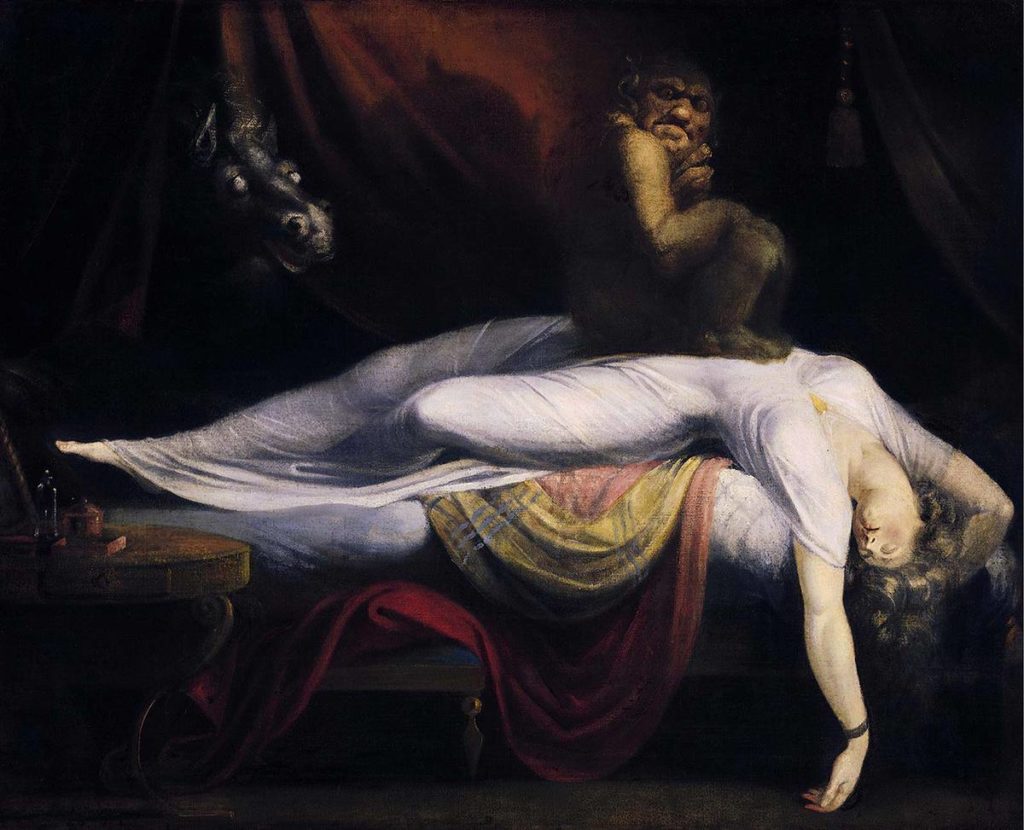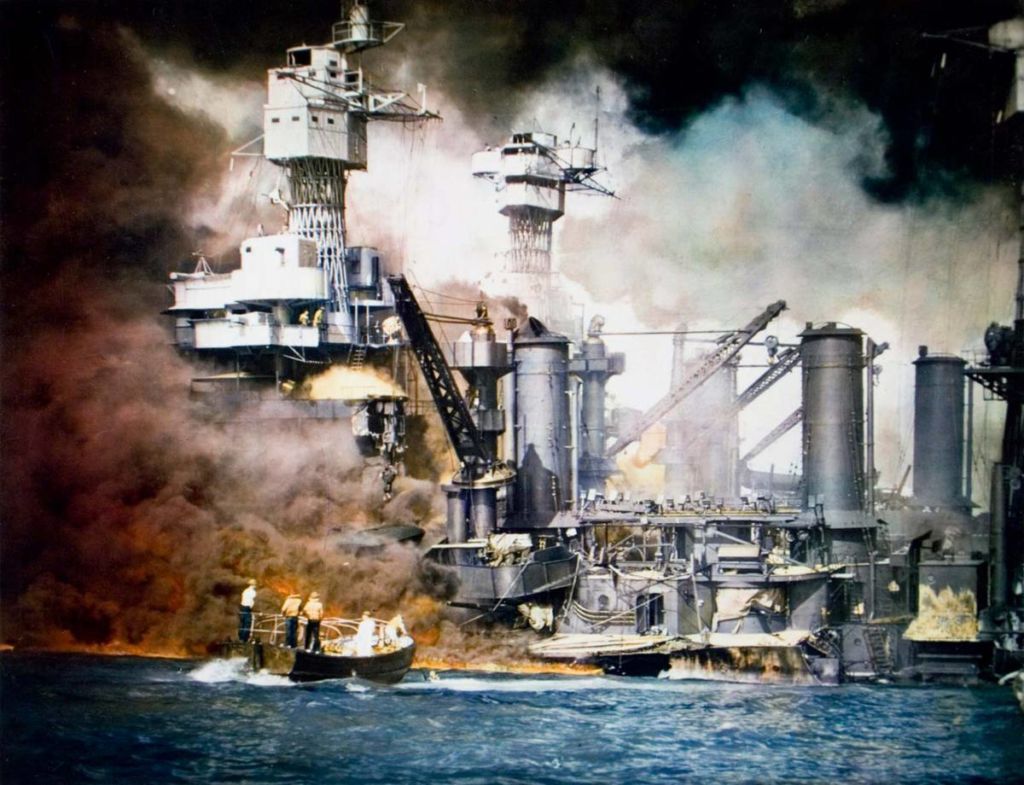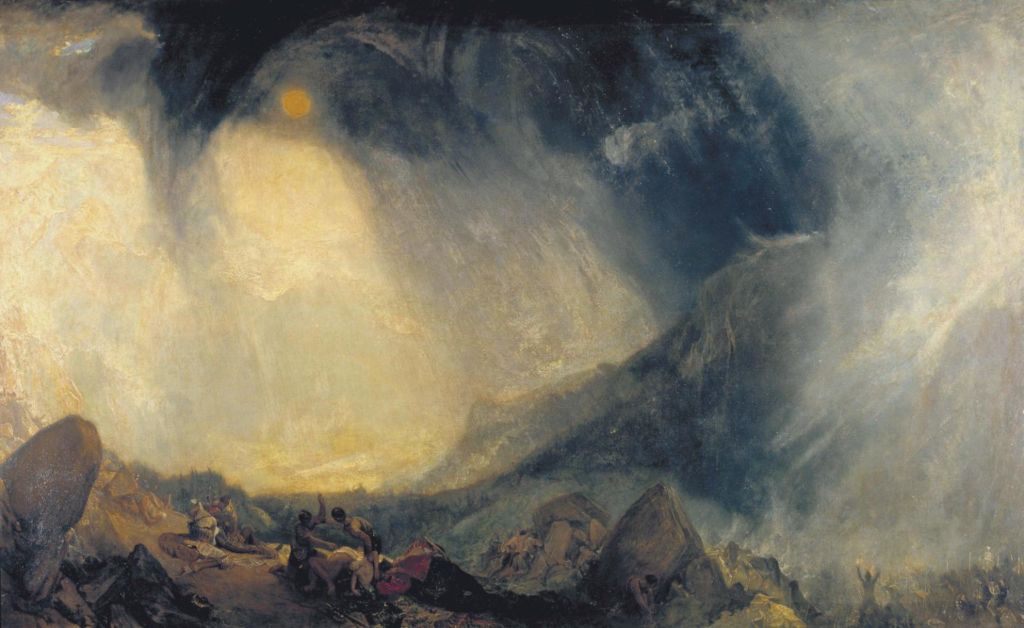From May to November 2019, visitors of the 58th Venice Biennale can walk through Barca Nostra, a fishing vessel that sank in the Mediterranean in April 2015. Exhibiting this shipwreck—in which nearly a thousand migrants met their death—as an art object has spurred much debate.
Barca Nostra is docked at Arsenal, a shipyard that played a major role in establishing the Venetian commercial empire, founded on immigration and today a target for mass tourism. The location is therefore significant from a historical and socio-political perspective. The installation is a Christoph Büchel creation, an artist who defends the subversive scope of his work, which is often controversial—and always political. He previously attracted the wrath of Italian authorities during the 2015 Biennale, when he had a mosque built inside an ancient doge-district church. The initiative stoked the local church’s anger and the Venice administrative court ordered the site to be closed for security. Barca Nostra, a rusted and disemboweled 50-ton carcass that contrasts with the surrounding Venetian ornamentation, is no exception. The title directly refers to Mare Nostrum, the search and rescue operation financially curtailed by the Italian government only a few months prior to the ship’s sinking.
But the installation has not only soured the Italian right, like the far-right party La Lega who calls for the boat to be repatriated to the artist’s country of origin, Switzerland. Several media outlets criticize how Barca Nostra—transported in a shroud in secrecy—is exhibited without explanation, aside from the succinct one printed in the Biennale catalogue that few visitors actually buy and read. Passers-by will simply glance at it, intrigued perhaps, but without understanding its purpose, standing there across the way from a café terrace where you can sip a cool drink in the shadow of drama.
Christoph Büchel says he intentionally left out any explanatory elements so that people might react, interpret and discuss freely.
Another point that stands out: The fact that Büchel himself did not conceive the installation rather appropriated it without modification or review. The ship is not an artistic reproduction but the original hull, nothing added nor retouched by the artist. The creation is in its displacement: in this case from Sicily, where the boat resided after having been fished out of the water in 2016, until Christoph Büchel obtained the necessary permits from the Italian authorities and Comité du 18 avril, an organization representing the shipwreck’s victims. Removing the wreck from its context and placing it in that of the Biennale displaces, in a sense, responsibility for the disaster, and creates incongruence designed to grab the visitor’s attention.
Artworks that tackle contemporary dramatic events have been multiplying. At the same Biennale, you can see an installation by Korean artist Lee Bul in homage to the Sewol ferry that sunk off the South Korean coast in April 2014, killing 304 passengers. Mexican artist Teresa Margolles shows her “Muro Ciudad Juarez”, a wall covered in barbed wire and built out of bullet-ridden cinderblocks that once supported a school where four people were killed during a shooting in this US-Mexican border city. Margolles often collects primary materials from the Mexico morgue, to denounce violence by using its most radical and concrete element: the dead body.
The use of death or catastrophe as a creative object, between sensationalism, morbid attraction and voyeurism, does succeed in highlighting certain ethical debates. But there is a thin line between exploiting a disaster and denouncing it.
The debate surrounding Barca Nostra is reminiscent of the controversy over the 2015 photo of Aylan Kurdi’s body, a 3-year old Syrian child who washed up dead on a Turkish shore. The image shocked and moved international opinion and inspired a number of artists, including Chinese artist Ai Weiwei, who took a photo of himself on a Greek beach adopting the same posture as the child. The giant fresco painted by artists Justus Becker and Oguz Sen in Frankfurt-am-Main, Germany, a stone’s throw from the European Central Bank, also reproduces Aylan’s image face down in the sand, recognizable by his red t-shirt and blue shorts. The mural’s location was no coincidence: the child’s face floats above the Main river, a Rhine tributary whose Latin etymology moenia means “wall”.
Although emotions and protestations are running high right now, they seem to have no real impact on migratory policies. Which is why the shock-image or object is not always enough on its own, it requires social and historical context to raise real awareness, the sine qua non for concrete change.
This is why Italian journalist Lorenzo Tondo writes in the The Guardian that ““displaying [the] wreckage in such a purely artistic context—far from the institutions that were responsible for the tragedy or the communities that witness this kind of horror year in, year out—risks losing any sense of political denunciation, transforming it into a piece in which provocation prevails over the goal of sensitising the viewer’s mind. Büchel’s decision risks creating yet another celebration of the nostalgia of tragedy without a corresponding act of conviction in the present.”
Translation by Maya Dalinsky
Cover: Christoph Büchel, Barca Nostra, 2018-19. © RR

